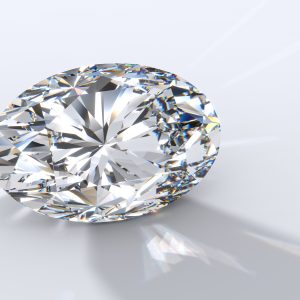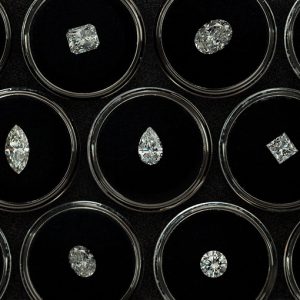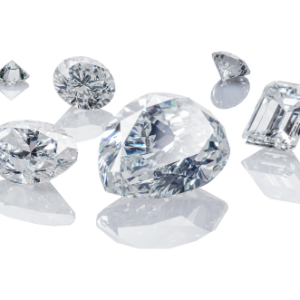Most natural diamonds are between one and three billion years old. This means, ultimately, no person can own a diamond for all time. Whether you’re looking to sell diamond jewelry inherited from family, let go of an old engagement ring, or simply upgrade your jewelry collection, selling a diamond can be difficult. However, an estimated 1 trillion dollars worth of diamonds sits untouched in jewelry boxes around the world. Instead of keeping a diamond in a forgotten drawer, selling your diamond selling an under-appreciated diamond can provide thousands of dollars in uncertain times. Nevertheless, the process of selling a diamond in Miami can be an emotional one. Saying goodbye to a piece of your jewelry can be tough, and that’s without the added stress of trying to find the perfect buyer.
We’re making selling a diamond in Miami easier with these essential tips:
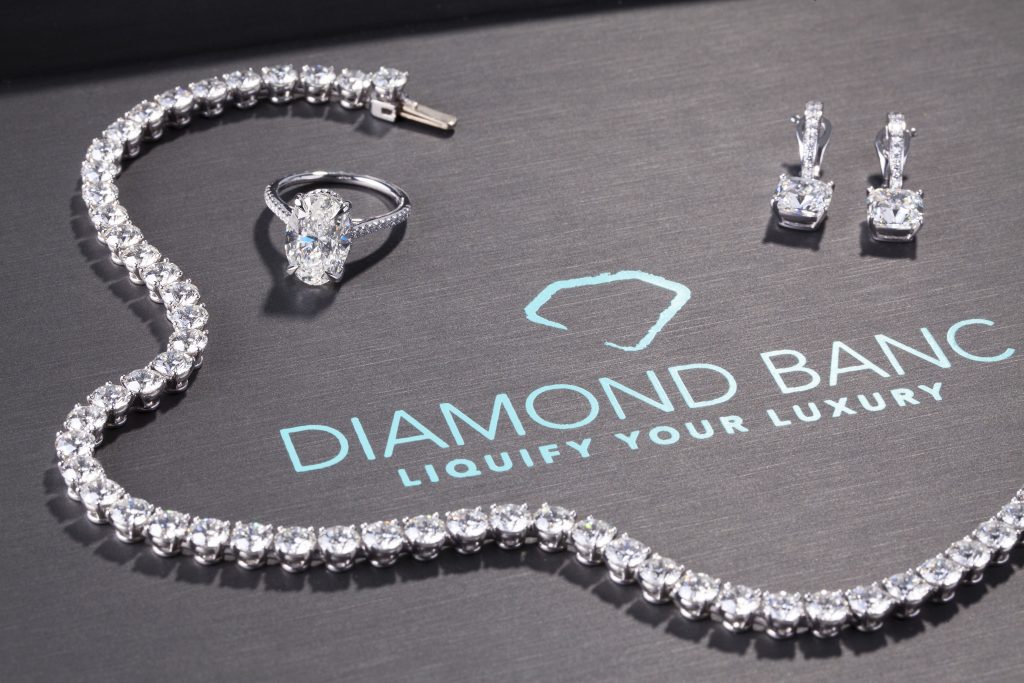
1. Consider supply and demand to determine what your diamond is worth when selling a diamond in Miami.
Understanding your diamond’s value is the first step to selling it, however, arriving at this worth can be complicated. Diamond values are multi-faceted with many important considerations.
Like any item, a diamond’s value depends on supply and demand. The basic theory of supply and demand states that as the quantity available on the market decreases, its value, and demand for the item increases. This means that the more rare an item is, the more it is worth. Large diamonds with high carat weights and premium cut, clarity, and color grades tend to be rarer, and more highly coveted. Consequently, these diamonds are worth more for anyone interested in selling a diamond in Miami. This also means that the 4cs are integral to understanding what your diamond is worth.
2. Don’t forget the 4cs
Your jewelry likely went over the 4cs when you first purchased your diamond, but these characteristics are also important when selling your diamond jewelry. Simply put, each of the 4cs can have a different effect on your diamond’s value.
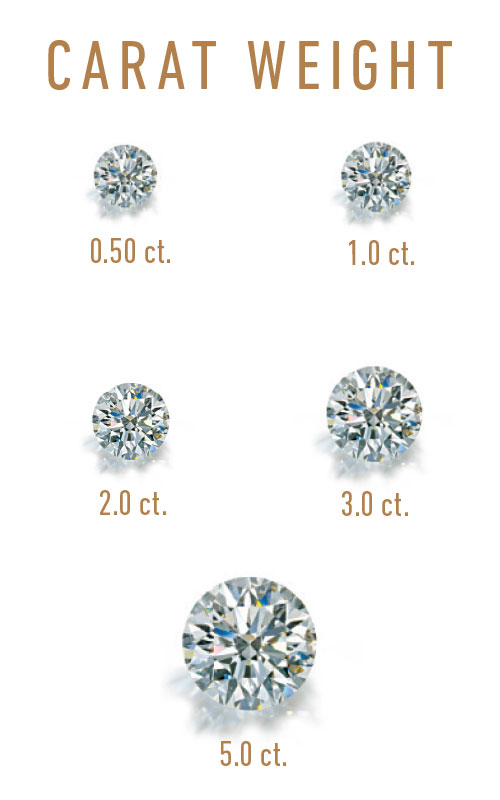
Carat Weight:
When it comes to any diamond, size matters. Carat weight is arguably the most important consideration of your diamond jewelry or engagement ring. Therefore, it has a profound impact on a diamond’s value. Carat weight technically refers to the overall mass, or weight, of your diamond. This means that carats are not measured in overall surface area, since some diamonds are deeper or shallower than others. As a result, two diamonds with identical carat weights can look very different. Some cuts also look larger on average, with the same carat weight, such as a pear or ovals.
Carat weight has a huge effect on diamonds, however, these effects are not linear. A 1-carat diamond’s value will not necessarily be double the value of a half-carat diamond. As diamonds get larger, they become rarer. This means that all things being equal, as diamonds get larger, they are worth significantly more than their smaller counterparts. Consequently, a 1-carat diamond will typically be worth four times the value of a comparable half-carat diamond.
Cut:
Cut grade alone can affect a diamond’s value by more than 25%. However, there is a common misconception around what cut means in jewelry. Contrary to popular belief, cut refers to the proportions of a diamond, not the shape. Although shape can play an important role in a diamond’s value, it differs from a diamond’s cut. Specifically, shape refers to whether a diamond is round, pear-shaped, oval, or princess cut. While cut considers all of the proportions, angles and lengths of a diamond. When these factors are ideal, the gemstone will reflect more light, and therefore shine more brilliantly than a diamond with a poorer cut.
However, cut cannot apply to all diamonds identically. Only round brilliant diamonds have an exact cut grade scale. That means none of the other shapes, can be explicitly graded based on cut. Although there are preferred dimensions for all diamond shapes, only round diamonds have clear and specific cut grades, ranging from Excellent, to Very Good, to Good, to Fair, to Poor
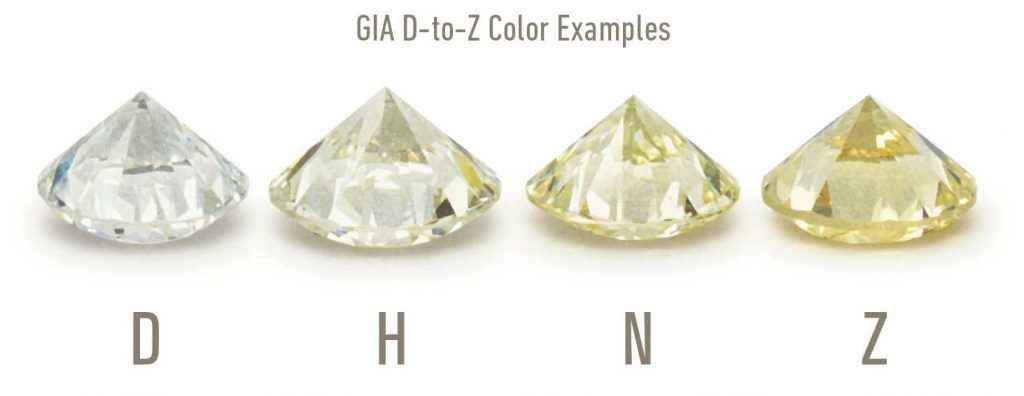
Color:
When we think diamond, most people think of a white gemstone. However, few diamonds are actually pure white. Color refers to a diamond’s natural warmth. This warmth casts slight color hues. Typically, the more color a diamond casts, the lower its value. This is because secondary buyers are less likely to be interested in a discolored diamond.
Diamonds can also come in a multitude of fancy colors, from yellow to red, to blue, to pink. Fancy color diamonds rely on a different measurement scale from their colorless counterparts. Typically, the value increases with color intensity for fancy diamonds.
Clarity:
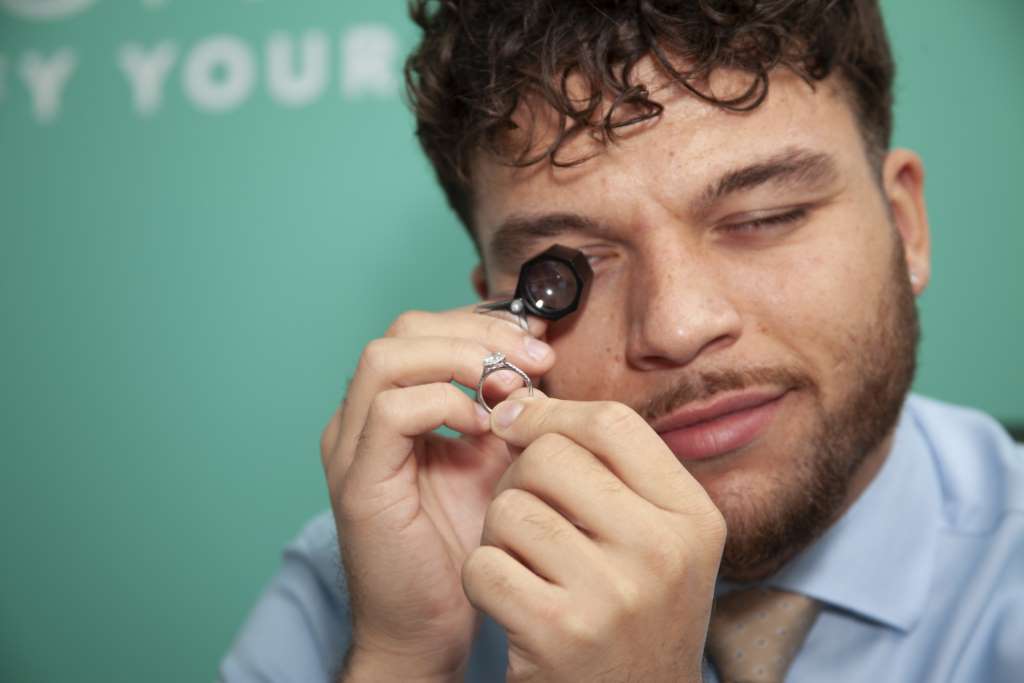
Clarity refers to how “perfect” a diamond is. If a diamond is exposed to foreign elements during its formation, small fragments can build up within the gemstone. Once the diamond has finished forming, these elements will appear as imperfections, or inclusions, within the crystal. The fewer visible inclusions a diamond has the better, however, many inclusions are too small to be seen by the naked eye. This means a diamond with a Flawless clarity grade may actually be less desirable than a less “perfect” diamond, without any visible inclusions. Frequently, perfection in diamonds has diminishing returns. As a result, the market demand for these perfect diamonds can actually be lower than a comparable diamond that is technically less perfect.
3. The RIGHT certification can add thousands to your sale value when selling a diamond in Miami.
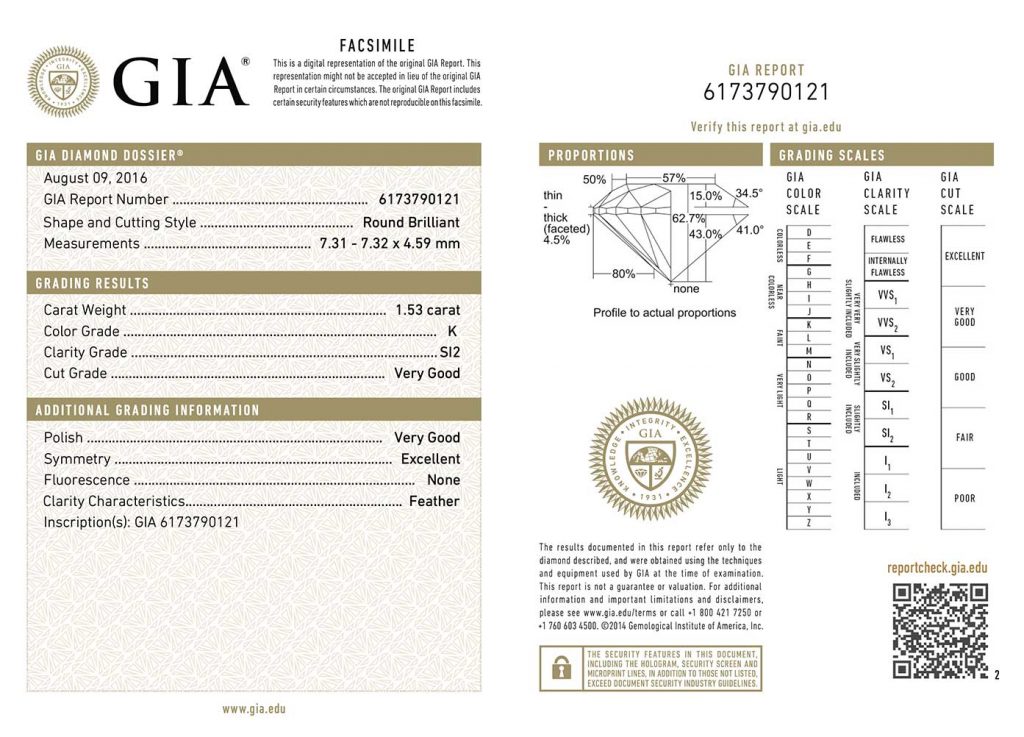
Understanding the basics of the 4cs is an essential place to start when selling a diamond in Miami. However, you must also consider how these factors affect your specific diamond’s value. Obtaining a diamond grade is a great place to start. Today, there are several diamond laboratories ready to evaluate your diamond. But, not all lab ratings can be trusted. When you’re looking to sell a diamond approach your lab rating with a little skepticism. Consider the source of your rating. As a non-profit diamond grader, the GIA stands above as the premier diamond grader; however, most other laboratories are for-profit institutions. This means that their rankings can be less reliable than the GIA. Merely possessing certification from the GIA can bring thousands to anyone looking to sell their diamond in Miami.
4. Remember, not all appraisals are made equal
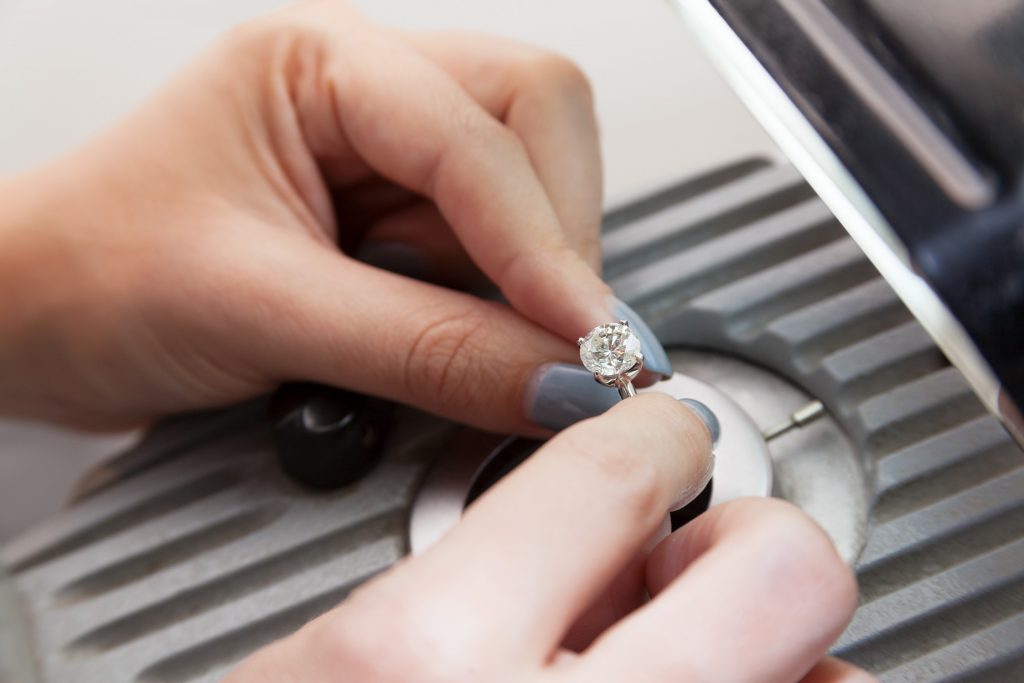
Much like diamond certification, there is more to appraisals than meets the eye. Most appraisals consider non-material aspects of a diamond, including the labor costs, utilities, and other materials used in producing a diamond. As a result, many retailers and producers inflate diamond appraisal values. Likewise, although diamond appraisals can be used for insurance purposes, these appraisals often reflect the cost if you purchased your diamond new. These values do not reflect a diamond’s value on the secondary market. Consequently, a diamond’s appraised value often differs from its actual liquid value.
To get a quick idea of your diamond’s liquid value, try our free diamond calculator.
5. Make sure you trust your Miami diamond buyer

Ultimately, selecting your buyer is the single most important part of selling your diamond. Make sure you’re working with a buyer you can trust when selling a diamond in Miami. The best diamond buyers offer flexibility, transparency and convenience. When looking at a buyer, make sure to look at their Google reviews, so you can examine how they’ve treated other customers. Additionally, make sure you work with a buyer who allows you the freedom to shop around. Buyers will frequently impose time restrictions on their offers to encourage you to act sooner. However, the process of selling a diamond is an emotional one. The best buyers understand this and will above and beyond to ensure you have the best experience. This means eliminating expirations on their offers.

If you’re looking to sell an engagement ring or other diamond jewelry in Miami, Diamond Banc is your best option. We purchase diamonds across the spectrum of color, cut and clarity. Diamond Banc buys diamonds from 0.50 carats up of any shape. We also purchase designer diamond pieces, including signed pieces from David Yurman, Tiffany & Co., Cartier, Van Cleef & Arpels, Harry Winston, and more. Our Miami office boasts over 170 5-star Google reviews. Sell your diamonds in luxury, for the highest value, with Diamond Banc.
Get started with an offer from the comfort and convenience of your own home or schedule an appointment to get started in person.
Schedule an AppointmentStart Online
